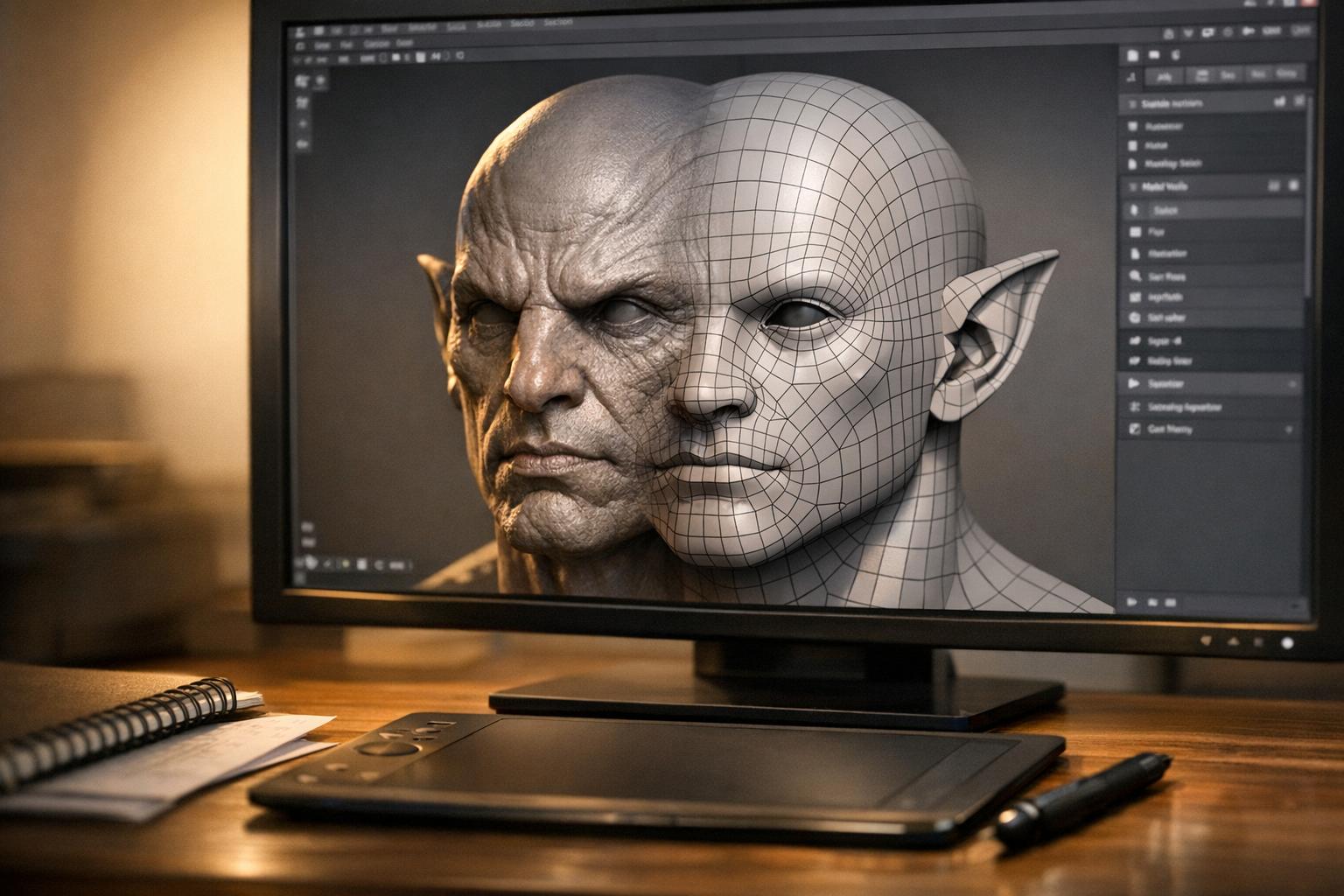Building a complete, stylized village for your game can feel like a monumental task. Traditionally, this process involves weeks, if not months, of meticulous modeling, texturing, and asset placement. But what if you could compress that entire workflow into a single, focused hour? With the right tools and techniques, creating a vibrant and unique 3D village is not only possible but surprisingly straightforward. This guide will walk you through how to achieve fast game design using Sloyd.ai.
Start Strong with Smart Templates
The secret to speed is avoiding reinventing the wheel. Instead of building every house, fence, and barrel from a basic cube, you can leverage a vast library of customizable templates. This is where Sloyd truly shines. Its templates are not static, pre-made models; they are dynamic starting points you can instantly modify to fit your vision.
Need a blacksmith's shop? Search for "house," pick a base style, and then use intuitive sliders to adjust its roof pitch, add a chimney, or change the window placements. You can generate dozens of unique variations in minutes. Populate your scene with essential props by searching for:
- Carts and wagons
- Barrels and crates
- Fences and walls
- Wells and market stalls
- Benches and street lamps
By starting with these high-quality, parametric assets, you skip the most time-consuming part of 3D modeling and jump straight into the creative phase.
Define Your Look with One-Click Style Presets
A common challenge in fast game design is maintaining a consistent art style. A village where every asset looks like it came from a different artist can break immersion. Sloyd solves this with powerful style presets. Once you've generated your buildings and props, you can apply a universal style to create a cohesive, stylized scene with a single click.
Whether you're aiming for a charming low-poly look, a chunky claymation feel, or a hand-painted aesthetic, these presets handle the heavy lifting. They intelligently apply materials and stylization rules across all your selected assets, ensuring every model, from the largest tavern to the smallest bucket, fits perfectly within your game's world. This means you spend less time tweaking textures and more time building your world.
Assemble Your 3D Village Like a Pro
With a collection of perfectly styled assets ready to go, the final step is assembling your village. Export your models from Sloyd and import them into your game engine of choice, like Unity or Unreal Engine.
Here are a few tips for a quick and effective assembly:
- Block Out First: Start with a simple top-down plan. Use basic shapes in your engine to define the main roads, the town square, and residential areas. This gives you a clear layout to follow.
- Place "Hero" Assets: Position your most important buildings first. Place the town hall, the church, or a unique windmill to act as landmarks that anchor the scene.
- Fill with Life: Surround your hero assets with smaller houses and props. Cluster barrels near a tavern, place carts along the main road, and use fences to create private yards. Sloyd's ability to quickly generate variations is key here—create several slightly different fences or crates to avoid a repetitive, "copy-pasted" look.
Can't Find It? Create It with AI
What if you need a very specific object that isn't in the template library, like a custom-designed weather vane or a unique statue for the town square? Sloyd's creative suite has you covered. You can instantly generate new models from text or images.
- Text to 3D: Simply type a prompt like "A heroic knight statue on a stone pedestal" and watch the AI bring it to life. Try it yourself in the Sloyd Text to 3D lab.
- Image to 3D: Have a concept sketch or reference image? Upload it and let Sloyd's Image to 3D tool transform your 2D idea into a 3D model, which you can then refine.
This combination of templates and AI generation ensures you're never stuck. An hour is all it takes to go from a blank canvas to a fully realized, stylized 3D village ready for your game.





